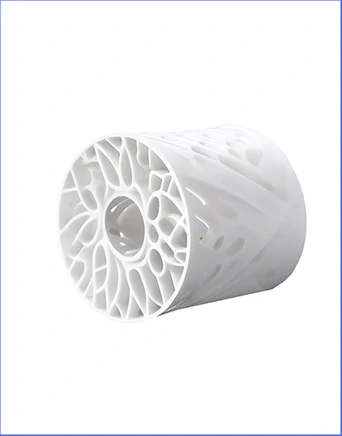Time to read: 6 min

Abstract:
The advent of 3D printing in the medical field has been nothing short of revolutionary. This technology has transformed various aspects of healthcare, from surgical procedures and pharmacology to dentistry. Medical 3D printing has evolved from an educational tool to a critical pillar in modern medicine, enabling the creation of customized implants, patient-specific pharmaceuticals, and even organs for transplantation.
Body:
The Evolution of Medical 3D Printing
Since its emergence in the 1980s as an educational tool for anatomical models, 3D printing has come a long way. It has developed into a technology that supports personalized medical solutions, improving patient outcomes and recovery rates. Today, medical 3D printing extends its impact to resource-limited regions, providing affordable and accessible solutions.
Benefits of 3D Printing in Healthcare
Customization
The level of customization offered by 3D printing is unparalleled, catering to the unique medical needs of each patient. This personalization minimizes discomfort, optimizes function, and enhances the quality of life.
Complex Structures
3D printing excels in producing intricate and complex structures with precision, a feature particularly beneficial in surgical instruments and anatomical models for surgical planning and education.
Improved Function
Customized medical devices and implants lead to enhanced functionality, providing better mobility, comfort, and overall improved function for patients.
Better Models
3D printed anatomically accurate models revolutionize medical education and surgical planning, boosting surgical precision and reducing operative risks.
Core Technology Behind Medical 3D Printing
3D printing is an additive process that creates 3-dimensional objects layer by layer. It is faster, more accurate, and more flexible than other manufacturing techniques, allowing the creation of complex shapes.
Types of 3D Printing Technologies Used in Medicine
- SLS (Selective Laser Sintering): Vital for manufacturing custom implants and prosthetics.
- SLA (Stereolithography): Ideal for producing highly detailed models for surgical planning.
- FDM (Fused Deposition Modeling): Cost-effective for creating prototypes and custom tools.
- Bioprinting: Uses bio-inks with living cells to create organs and tissues for transplants and regenerative medicine.
Materials Used in Medical 3D Printing
The choice of materials in 3D printing is critical, influencing the quality and safety of the final product.
- Polymers: Common for their flexibility and biocompatibility, suitable for prosthetics and anatomical models.
- Metals: Used for orthopedic implants and dental applications due to their strength and durability.
- Ceramics: Ideal for dental crowns, implants, and bone grafts due to their biocompatibility and temperature resistance.
- Bio-materials: Advanced for creating artificial organs and tissues.
Diverse Applications of 3D Printing in Medicine
3D printing has a wide range of applications in healthcare, improving patient care across various fronts.
- Customized Prosthetics and Orthopedics: Tailoring devices to individual anatomy for better fit and mobility.
- Surgical Instruments: Precisely designed, patient-specific tools streamline procedures and enhance surgical outcomes.
- Bioprinting and Tissue Engineering: Creation of living tissues and organs for transplants and disease modeling.
- Dental Applications: Fabrication of custom dental prosthetics ensuring perfect fit and comfort.
- Personalized Medical Devices: Tailor-made devices like hearing aids and assistive devices improve quality of life.
- Anatomical Models: Creation of intricate models for educational and surgical planning purposes.
Main Challenges of 3D Printing in Healthcare
Despite its benefits, 3D printing in healthcare faces challenges such as regulatory compliance, continuous R&D, quality control, and cost implications.
Safety Concerns: Is Medical 3D Printing Secure?
Patient safety is paramount, and 3D printing in medicine adheres to strict regulations and undergoes rigorous testing to ensure safety.
Conclusion:
3D printing has become an integral part of the healthcare industry, offering innovative solutions for patient-specific needs. As the technology advances, it continues to enhance patient care, offering hope for improved treatments and outcomes.




